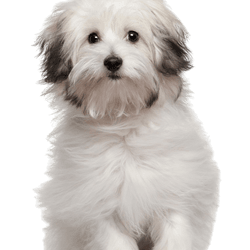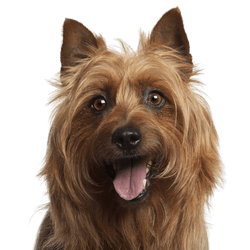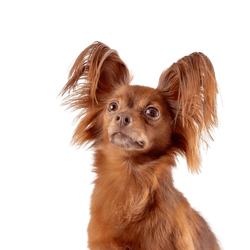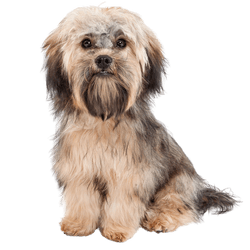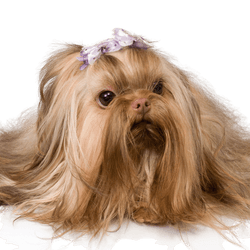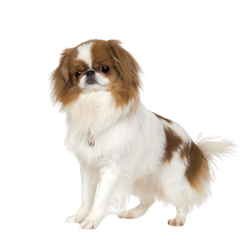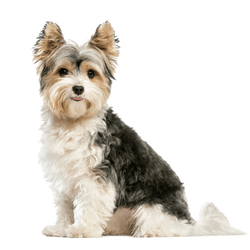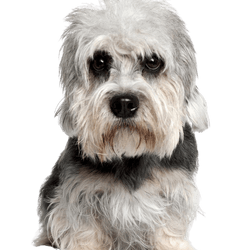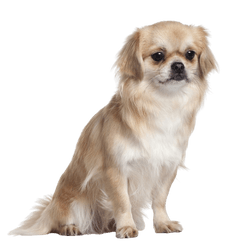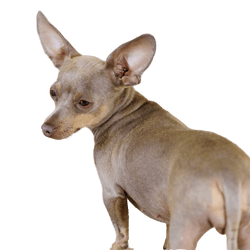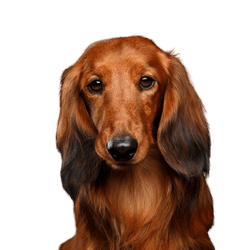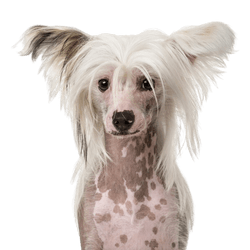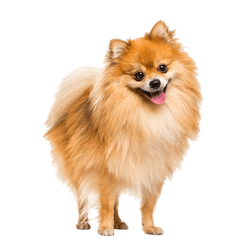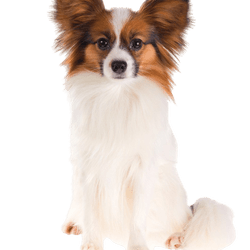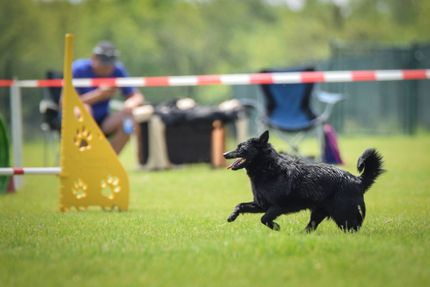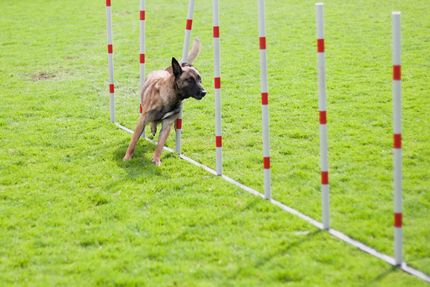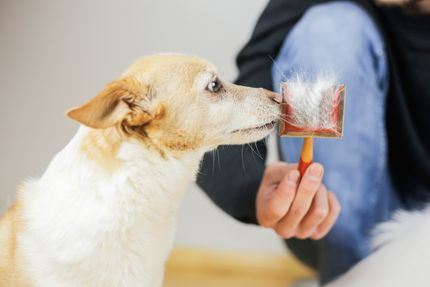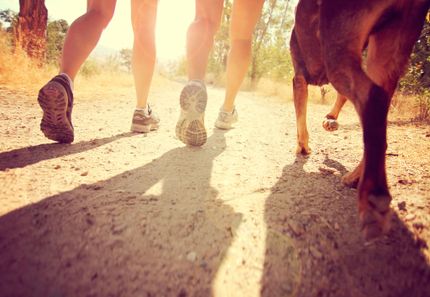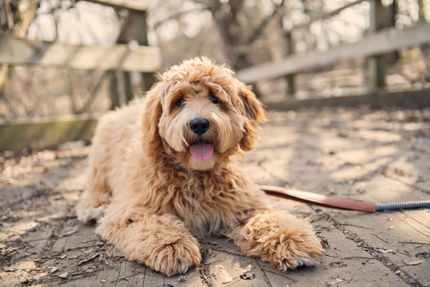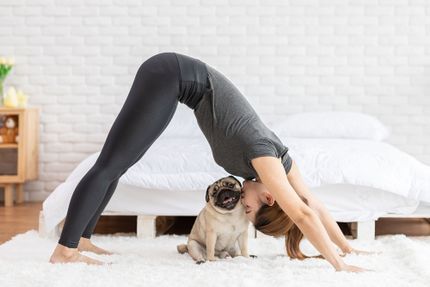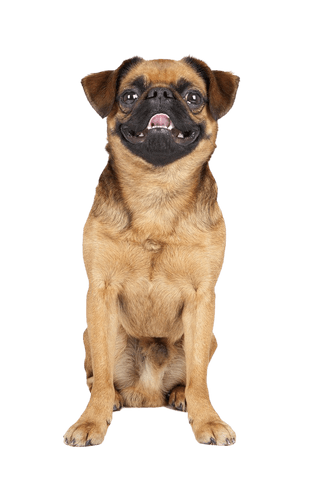
Petit Brabançon Breed description: Character & Co
Petit Brabançon
Facts & Origin
The Petit Brabançon, Brabanter Griffon, is a small companion dog with a pug-like appearance. This distinguished dog has conquered the world since 1900.
What is the origin of the Petit Brabançon?
Originating from Belgium, the Petit Brabançon was once used as a mouser and rat catcher. It descends from the rough-coated Smousje. From the mid-19th century onwards, the appearance of the original Brabançon was greatly altered by crossbreeding with Pugs, Yorkshire Terriers and King Charles Spaniels. In 1883 the first registration in the stud book of the Union Royale Cynologique Saint-Hubert took place. In the noble houses, the alert dog was used to guard horse stables and carriages. The breeding of the dog breed and its export abroad were strongly encouraged by the Belgian royal family. Today, the world-renowned dog breed is listed by the FCI under standard number 82, group 9, section 3.
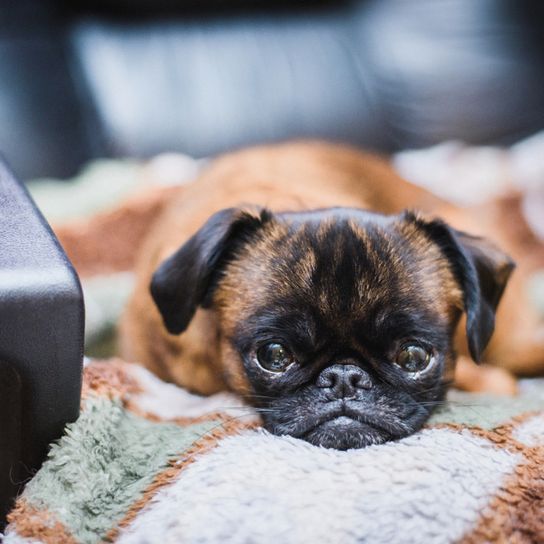
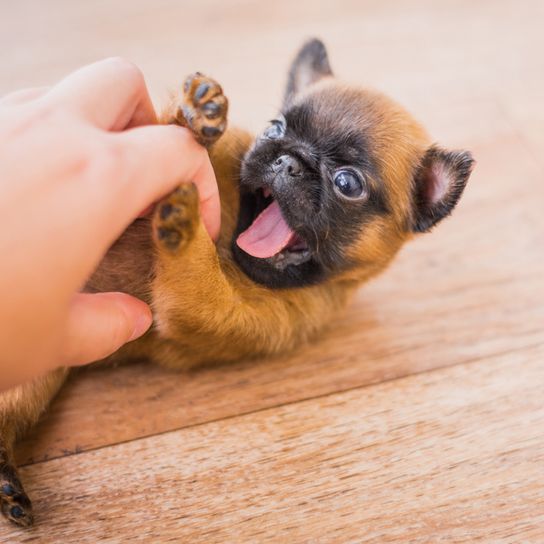


| Alternate Name | Brabant Griffon |
| Origin | Belgium |
| Life expectancy | 10 - 15 years |
| Care requirements | - |
| Activity level | - |
| FCI group | Small Belgian Dogs |
| AKC group | not recognised |
| KC group | not recognised |
Attitude, character and temperament of the breed
What are typical character traits of Petit Brabançon?
The Petit Brabançon is amiable, curious and intelligent. It adapts easily to the habits of its family. Especially when dealing with children, the Brabançon is very affectionate and loves to play with them. It is hardly possible to resist its cheerful charm. Nevertheless, it needs a consistent, loving upbringing. The intelligent dog loves to learn and also finds fun in challenging intelligence games. The watchful dog is incorruptible. It is particularly attentive, is good at assessing danger, and will flinch if threatened. At the same time it shows no traits of nervousness or aggression. Daily walks are especially important for the dog, as it loves nature and fresh air.
Character
Usage

Health and breeding information
What are typical diseases of Petit Brabançon?
- Malformations of the skull bone with too small developed cerebellum
- Syringomyelia: fluid-filled cavities form in the spinal cord
- Curvature of the spinal column
- Tracheal collapse: the cartilage rings of the trachea are only weakly developed
- Patellar luxation
- likes to beg and tends to be overweight
The Petit Brabançon belongs to the brachycephalic dogs. In case of severe deformities of the facial skull, his breathing may be restricted. If the skull bone has grown too small, the cerebellum is displaced. The dogs suffer from headaches and do not like to be touched in the head area.
Although the health of the Petit Brabançon is otherwise very robust, a canine health insurance is recommended as a safeguard due to the occurrence of hereditary diseases.
Petit Brabançon breeding - where, how, what?
If you want to buy one of the Petit Brabançon puppies, you should contact a registered breeder.
Breeders of the dog breed can be found at:


What are the breed characteristics of Petit Brabançon?
The head is very large in proportion to the body. The high set small ears are semi-erect. The docking of the ears is no longer permitted today. The large, dark brown eyes are black-rimmed and protected by long eyelashes. They give the Petit Brabançon a human facial expression. The robust, small body is square. The tail is carried upwards.
Appearance and coat of the Petit Brabançon
The coat is wiry, short and somewhat wavy. The flat lying hairs are no more than two inches long and shiny.
Coat colors:
- red
- black
- black with tan
A black mask, which shows slight grey shading with age, is always present. Some white hairs may be present in the chest area.
What is the size of Petit Brabançon?
-
Male: 24 to 26 centimetres
-
bitch: 24 to 25 centimetres
How much does a Petit Brabançon weigh?
-
Male: 3 to 6 kg
-
Female: 3 to 6 kg
How old does a Petit Brabançon live?
The average life expectancy is 10 to 15 years.
| Fur length | short |
| Fur | flat coated |
| Ear shape | Triangle |
| Tail | lang |
| Anatomy | massive |
| Size ♀ | 23 - 24 cm |
| Weight ♀ | 3 - 6 kg |
| Size ♂ | 23 - 25 cm |
| Weight ♂ | 3 - 6 kg |
| Suitable For | - |
Colors
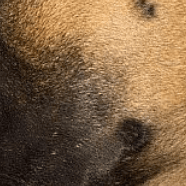


Known Diseases
Breathing problems
Dogs with shortened muzzles can often experience respiratory problems.
Shortness of breath
Difficult breathing can be recognized by the dog's rattling and sometimes accelerated breathing rate.
Patellar luxation
Patellar luxation is the term used to describe a displacement of the kneecap, which is one of the most common causes of lameness in dogs.
Overweight
Often, unfortunately, the dogs very much under excess weight. But the dogs themselves are never to blame!
Spinal disorders
However, as the dog ages, this elasticity can be lost and completely inhibited by diseases such as spondylosis.
damaged tear ducts
Small dog breeds with shortened muzzles often suffer from tear ducts that are blocked or damaged.
Denture malocclusions
Malocclusions of the dentition often occur in dogs with short muzzles.
Other small dogs
Useful Articles
You can find articles that might interest you in the dogbible blog to match your favorite breed.
Visit our magazineto stay up to date on dog trends.
To find out more, view our Privacy Policy
Find here the breed that suits you and find out what character traits it has. Here you can also learn more about the origin, size and weight of your favorite breeds.
Matching your favorite breed, you'll find articles that might interest you on the dogbible dog blog.
Annual check-up at the vet: you and your dog should be prepared for this
5 tips for a city trip with a dog - how to make it work so that everyone gets something out of it!
